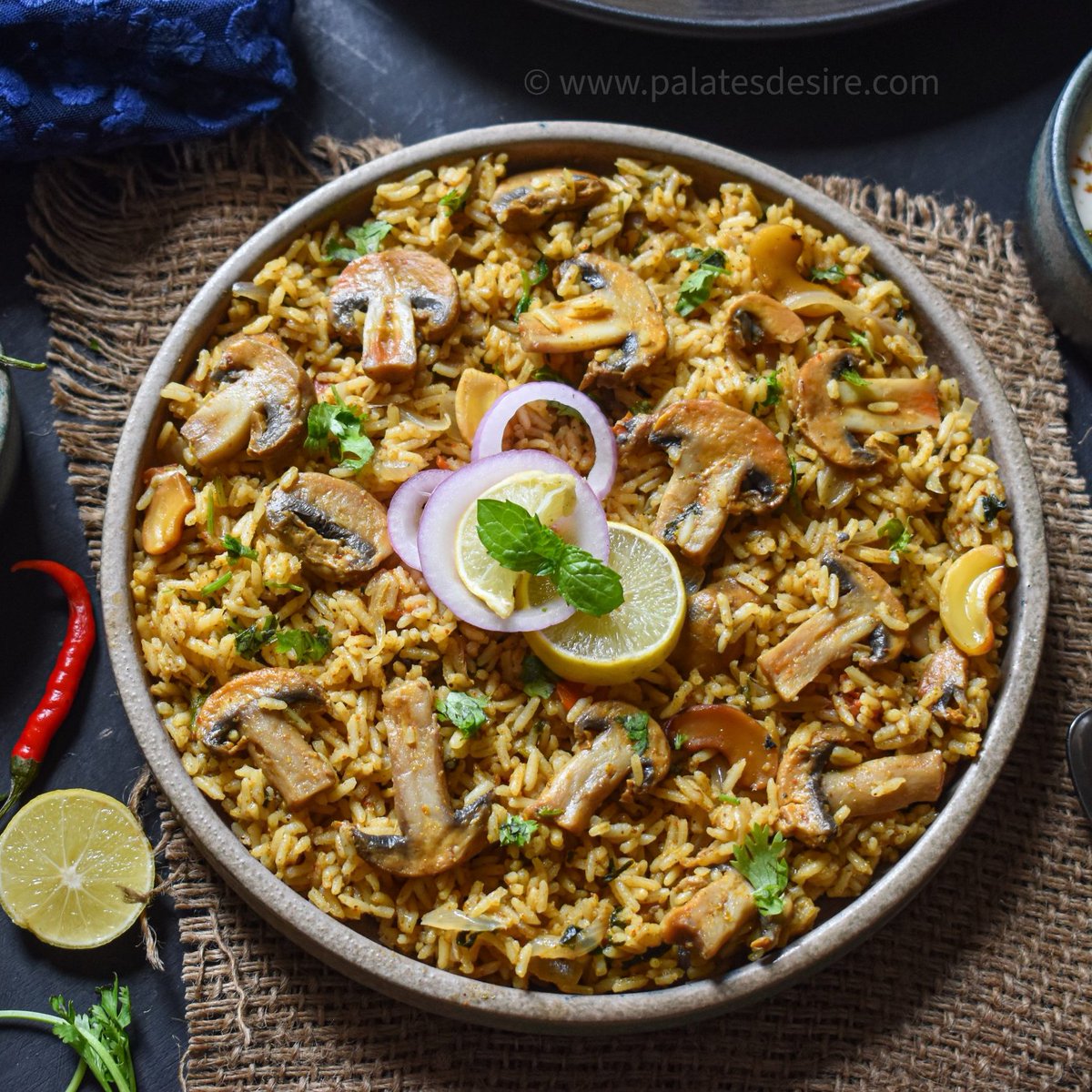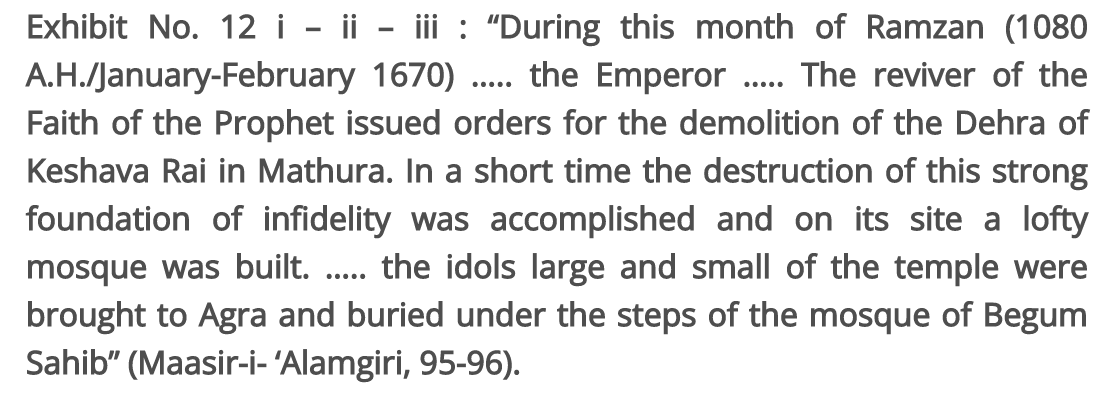
1
King Nala’s (Nala-Damayanti fame) culinary book Paka Darpanam describes rice recipes that we still eat today. Recipes for tamarind rice, lemon rice, curry leaf rice, yogurt rice, Biriyani from chicken, meat, quail & Tahari were all eaten in India even before Mahabharat times.
King Nala’s (Nala-Damayanti fame) culinary book Paka Darpanam describes rice recipes that we still eat today. Recipes for tamarind rice, lemon rice, curry leaf rice, yogurt rice, Biriyani from chicken, meat, quail & Tahari were all eaten in India even before Mahabharat times.

2
Rice fried with Ghee was called “Ghritanna” & many rice preparations in this category are still enjoyed in Indian cuisine today. Lemon juice, sesame oil, ginger, garlic, curry leaves & Hing were combined to make delicious lemon rice to increase strength & reduce phlegm.


Rice fried with Ghee was called “Ghritanna” & many rice preparations in this category are still enjoyed in Indian cuisine today. Lemon juice, sesame oil, ginger, garlic, curry leaves & Hing were combined to make delicious lemon rice to increase strength & reduce phlegm.



3
Tamarind (Chinchafala) & Curry Leaf (Kaitarya) rice are similarly described. Tamarind rice made of tamarind juice, ginger, garlic & Hing increases heat & subdues colic. Curry leaf made with sesame oil, Hing & camphor is an antiseptic, kills parasites & reduces congestion.



Tamarind (Chinchafala) & Curry Leaf (Kaitarya) rice are similarly described. Tamarind rice made of tamarind juice, ginger, garlic & Hing increases heat & subdues colic. Curry leaf made with sesame oil, Hing & camphor is an antiseptic, kills parasites & reduces congestion.




4
Even curd (Dadhi) rice is described with raw mango pulp, garlic, white pepper, dry ginger powder, fresh ginger, curry leaf, & coriander. This preparation was made fragrant by adding cardamom, leaves of lemon & Kewra flower to improve digestive capacity & reduce stiffness.

Even curd (Dadhi) rice is described with raw mango pulp, garlic, white pepper, dry ginger powder, fresh ginger, curry leaf, & coriander. This preparation was made fragrant by adding cardamom, leaves of lemon & Kewra flower to improve digestive capacity & reduce stiffness.


5
Tahari, made of of rice, & split Rajma, as well as varieties of Mamsodana (meat pulao or Biriyani) of chicken (Kukkutmamsatailodana) or quail (Labukmamsodana), with spices in a Potli (sachet), enhanced with Parpata (Papad) & scents of musk, Kewra, camphor, etc. are described.



Tahari, made of of rice, & split Rajma, as well as varieties of Mamsodana (meat pulao or Biriyani) of chicken (Kukkutmamsatailodana) or quail (Labukmamsodana), with spices in a Potli (sachet), enhanced with Parpata (Papad) & scents of musk, Kewra, camphor, etc. are described.




6
An unusual recipe for Vegetable Pulao or Ghee fried rice, is called Chitrapaka which consists of a fragrant rice made out of onions, ginger, mushrooms, coriander, lemon, scented with saffron, musk etc. which can be eaten as is or mixed with meat later.

An unusual recipe for Vegetable Pulao or Ghee fried rice, is called Chitrapaka which consists of a fragrant rice made out of onions, ginger, mushrooms, coriander, lemon, scented with saffron, musk etc. which can be eaten as is or mixed with meat later.


7
Surprisingly many vegetables & fruits Indians enjoy today are clearly mentioned in Paka Darpanam. Traditional recipes like Dal, Payasam (Kheer), varieties of Saag & vegetarian sabjis made of Brinjal, Banana stem, Jackfruit, etc. are elaborated. To be discussed in future thread.

Surprisingly many vegetables & fruits Indians enjoy today are clearly mentioned in Paka Darpanam. Traditional recipes like Dal, Payasam (Kheer), varieties of Saag & vegetarian sabjis made of Brinjal, Banana stem, Jackfruit, etc. are elaborated. To be discussed in future thread.


8
It's amazing that recipes in Nala's Paka Darpanam dates back to pre 5561 BCE (See @NileshOak's scientific dating of Mahabharata). It is a stunning reminder of our cultural continuity & busts many myths about India's culinary ingredients & recipes coming from foreign cultures.
It's amazing that recipes in Nala's Paka Darpanam dates back to pre 5561 BCE (See @NileshOak's scientific dating of Mahabharata). It is a stunning reminder of our cultural continuity & busts many myths about India's culinary ingredients & recipes coming from foreign cultures.

9
Nala’s Paka Darpanam in Sanskrit with English translation is available for sale by @iChaukhamba publishers at chaukhamba.co.in/index.php?rout…
Nala’s Paka Darpanam in Sanskrit with English translation is available for sale by @iChaukhamba publishers at chaukhamba.co.in/index.php?rout…
Typo it should be @iChaukhambha
• • •
Missing some Tweet in this thread? You can try to
force a refresh






























